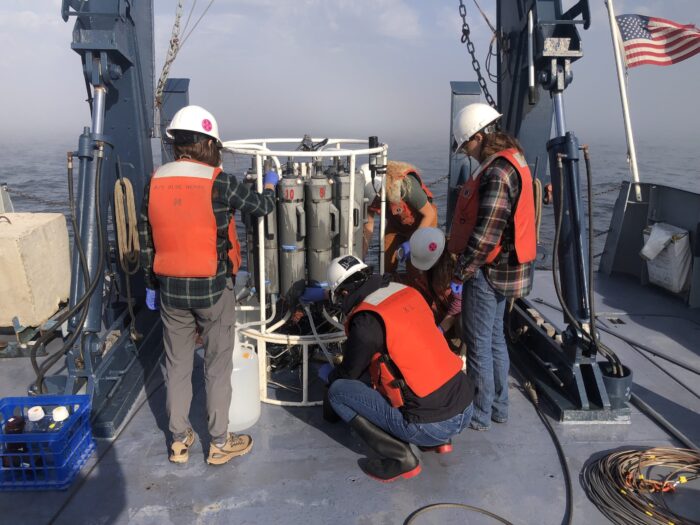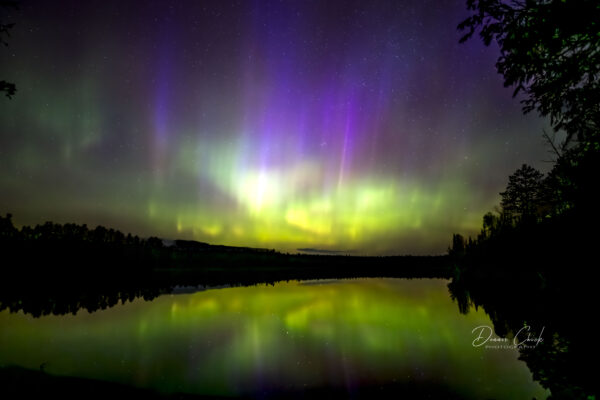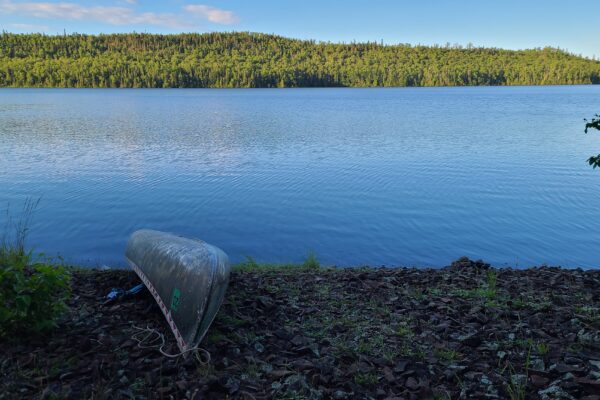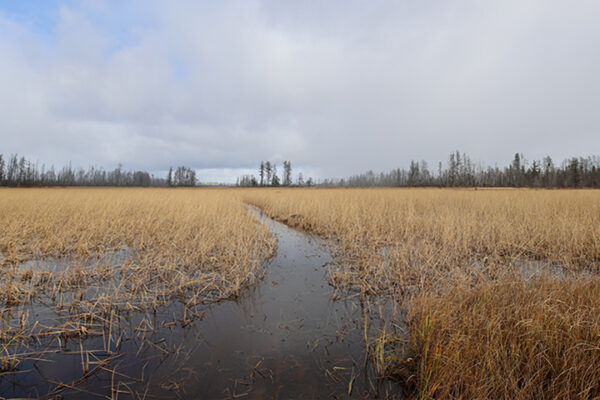2022 Lake Superior temperatures surprise scientists at Large Lakes Observatory
It has been an interesting year for Minnesota weather.
While regions across northern Minnesota experienced intense temperatures and weather conditions, so did one of the largest Great Lakes.
“We had a really interestingly cold winter,” said Jay Austin, professor of physics and astronomy at Large Lakes Observatory at the University of Minnesota – Duluth.
Austin studies large lake circulation, thermodynamics, ice, and observing systems. He said the temperature data collected in Lake Superior this year surprised him.
“I was surprised to see that it was actually at least as cold as 2014, which was this, again, this really remarkable winter,” said Austin.
The polar vortex winter of 2013-14 is still fresh in the mind of many Minnesota residents. Consecutive temperatures at or below zero and extreme wind chills created a lengthy and grueling winter for many across the state.
Austin said the buoy data collected in Lake Superior this year rivaled the polar vortex winter data. In particular, the buoy operated by National Oceanic and Atmospheric Administration (NOAA), located a mere 50 miles offshore from Grand Marais, experienced anomalously cold temperatures this year. Temperatures that haven’t been recorded in decades.
“That station was as cold as it’s been in 40 years,” said Austin.
Austin said that while he expected the temperatures to be below average following a cold winter, he was surprised to see the data reach the same temperatures. “I think there’s going to be some questions when equipment comes out of the water.”
During the spring and early summer months, sunlight is the driving force to warm up large lakes. However, northern Minnesota experienced a particularly wet and dreary spring this year, contributing to the colder Lake Superior temperatures.
Austin describes that once a lake reaches 39 degrees, the entire water column from the surface to 600 feet warms up rapidly. However, due to a harsh winter and wet spring, Lake Superior didn’t reach that magic 39-degree mark until the end of July.
“That’s exactly what you see in the data from this buoy,” said Austin. “It took forever to warm up to 39 degrees. Once it got to 39, it covered the next 20-something degrees in just a couple of weeks.”
Towards the end of August, Lake Superior finally reached normal to average temperatures. “Last year, it was about five degrees warmer right now than it was this time of the year,” said Austin.
“It’s just been a crazy August. It has been just a really unusual and interesting month in that respect,” said Austin.
Research teams at Large Lakes Observatory have been conducting numerous research projects on Lake Superior and other Great Lakes during August. Austin said they are looking forward to diving into the data to learn more about the lakes’ physics, chemistry, and biology in the coming months.
“One of the things that I’m really interested in pursuing at this stage is a more careful analysis of year-to-year variability in that temperature structure,” said Austin. “And again, that tells us something about the ice regime during the winter. It tells us something about how climate change is impacting the lake over time.”
The varied temperatures between a very warm 2021 and a very cold 2022 provide a natural opportunity for scientists and researchers to better understand the ecosystem response following drastic swings in temperature.
While the other Great Lakes experienced minor temperature changes, Austin said, “I think Superior is a real standout this year.”
In addition to providing insights on the unique Lake Superior temperatures this year, Austin shared a handful of current research projects in the works on the deepest Great Lake.
Austin said Robert Sterner, director of Large Lakes Observatory and a handful of researchers are studying algae blooms on the south shore of Lake Superior near the Apostle Islands. Also, Dr. Elizabeth Minor and colleagues at Large Lakes Observatory are looking at microplastics in Lake Superior.
Data from National Data Buoy Center below:
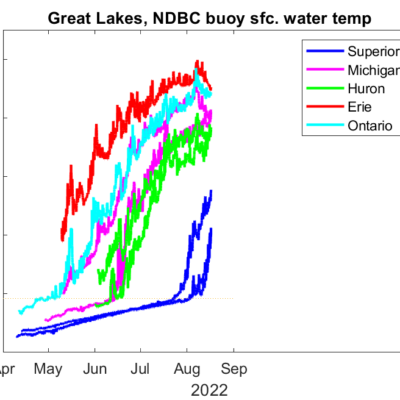
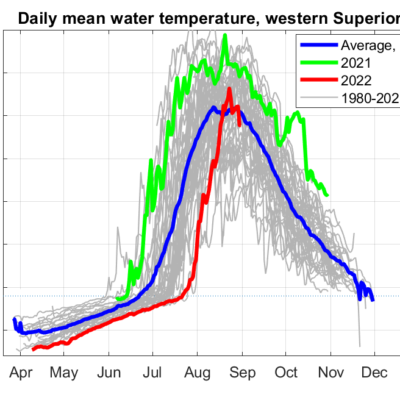
WTIP’s Kalli Hawkins spoke with Jay Austin, professor of physics and astronomy at Large Lakes Observatory with the University of Minnesota – Duluth, to learn more about Lake Superior temperatures this summer. Audio from the interview is below.





